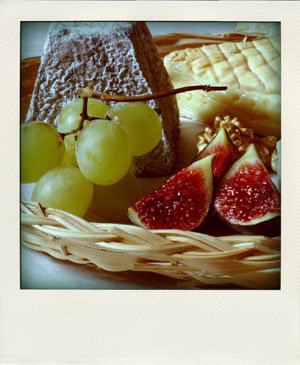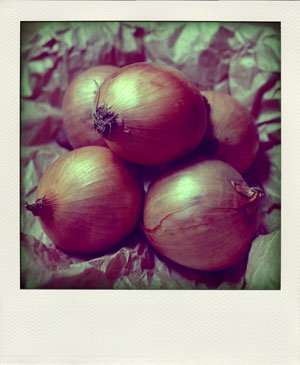
This is part of a series on French idiomatic expressions that relate to food. Read the introductory Edible Idiom post, and browse the list of French idioms featured so far.
This week’s expression is “Mi-figue mi-raisin.”
Literally translated as “half fig half grape,” it is used as an adjective to mean that a thing, a statement, or a person is ambiguous, or mixed: half good and half bad, half pleasant and half unpleasant, half happy and half sad, half willing and half reluctant, half serious and half joking*… The exact nature of the ambiguity is inferred from the context.
Example 1: “Son livre a reçu des critiques mi-figue mi-raisin.” “His book received lukewarm reviews.”
Example 2: “Elle a déballé son cadeau et nous a remerciés d’un air mi-figue mi-raisin.” “She unwrapped her gift and thanked us with a mixed expression on her face.”
Example 3: “Quand je lui ai demandé s’il comptait démissionner, il m’a fait une réponse mi-figue mi-raisin.” “When I asked him if he planned to quit, he gave me an ambiguous reply.”






